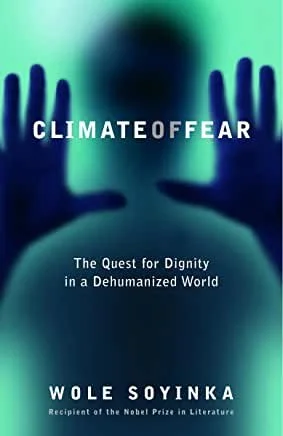Originally published in the Opinion page of the Herald-Zeitung, July 15, 2023.
Sometimes one hears the call of a journey. My friend Larry of 50 years, and I had promised a road trip together for many years. We made it happen in July of 2023 when we met in Albuquerque, New Mexico, he from Dallas and I from New Braunfels.
We rented a car and drove north to Santa Fe. There we set up in a hotel not far from the main plaza. On the second day we headed northwest to Chaco Canyon, one of the most preserved and mysterious sacred sites in the world. I had been there once before over 25 years ago during a spiritual pilgrimage.
The drive through the gorgeous and ever-changing desert landscape took 3.5 hours. The last 10 miles was over the bumpiest, teeth-rattling, and challenging washer board road of gravel and deep scarring we had ever encountered. But we made it.
At the national park’s entrance, a smooth paved road welcomed us the last mile to the visitors’ center. We paid the entrance fee and were told to drive the 9 mile loop road that would take us past the center of the sprawling elaborate structures; we were told that Pueblo Bonito was the one to park and walk to because the day was going to be abnormally hot and this central Pueblo was the center of the complex.
The structures we passed were constructed of flat sandstone bricks, each made to fit so tightly that no mortar of any kind was used to hold them together. The structures were built between 850 AD and 1200 AD by the Anasazi people, the original tribe of today’s Pueblo people.
For those interested, there is an informative and brilliant 1 hour documentary, “The Mystery of Chaco Canyon,” narrated by Robert Redford (1999) and can be found on Amazon Prime.
The park was not busy, so we were able to drive slowly along the route, pausing to admire faces in the large sandstone boulders and the cascades of sandstone rocks that had been pulled down by gravity over the centuries.
We parked in the lot of Pueblo Bonito and hiked up to the structures where we could enter many of the rooms, all facing an open cloudless blue sky.
We had the site to ourselves at 1 pm; the dry wind was quickly heating up. We did not care, for we felt the strange beauty, the sacred presence of a transcendent reality, as many of you have experienced in visiting sacred sites in our country or in others. The architecture had its own energy that was palpable to us. No other visitors were in sight under the blazing sun.
We talked little as we lowered our heads to enter one room after another, to touch these stones that had stood for over a thousand years and that were beautifully preserved in the dry landscape. Temperatures can be extreme in both summer and winter months; snow is not unusual.
We both experienced feeling enwombed, enclosed, and embraced by energies that we felt were in the architecture and the bricks themselves. We learned that the walls of the buildings here and elsewhere were constructed in accord with the rising and setting of the sun and the moon. This cosmic dimension to where we stood made our short time there even more profound.
Outside the buildings we entered a kiva, a round space below ground level that could seat over 60 people during rituals or other forms of communal gathering.
The only sound we heard, other than our voices, was the wind passing around us and through the open rooms of what felt like a timeless sacred site. It was what the ancient Greeks called a “temenos,” a sacred space set apart from the world for meditation, ritual reenactments and perhaps returning to one’s roots as individuals and as a people.
Larry and I felt, however briefly, a part of the world that left its traces here for others to enter, admire, puzzle over, and be changed by. We knew that something profound had occurred on this sacred road trip to Chaco. We continue to talk about what that experience continues to mean to us today.






















